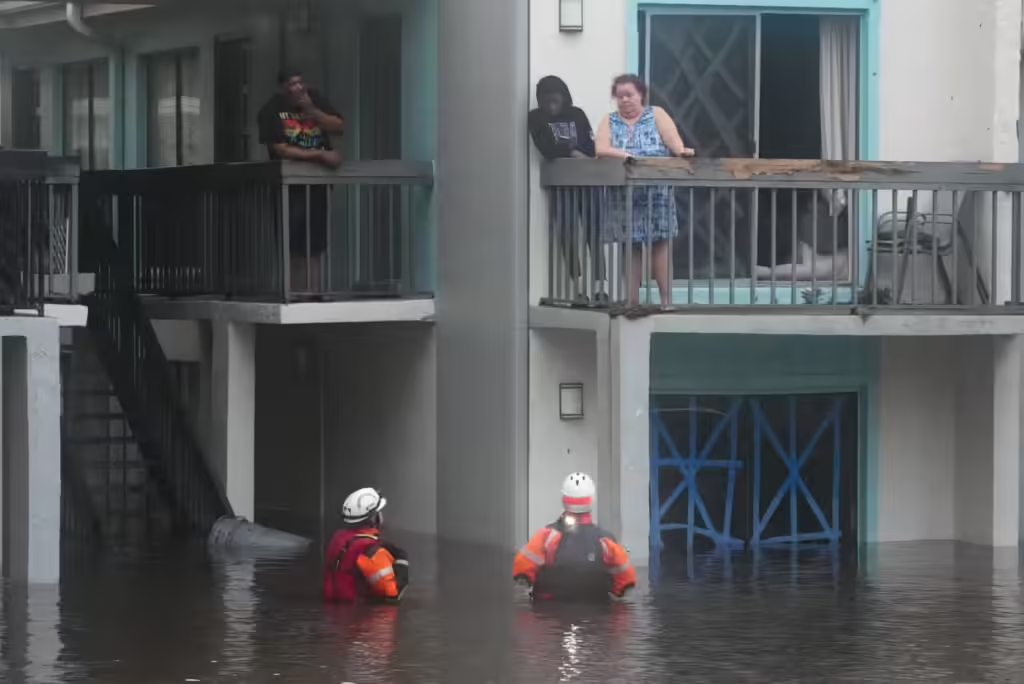
Florida is assessing the damage in the wake of Hurricane Milton, which made landfall earlier this week, causing widespread disruption across the state. While the worst-case scenario was avoided, Milton brought destructive winds, heavy rainfall, and severe flooding to coastal and inland areas. Early assessments show substantial damage to homes, infrastructure, and businesses, particularly in Gulf Coast communities.
Emergency crews are working around the clock to restore power to the millions affected, and local authorities are organizing rescue and relief efforts. While Florida avoided a direct hit from a Category 4 storm, the damage is still significant. Many coastal areas experienced severe flooding from storm surges, which swept away vehicles and damaged homes. Inland, torrential rainfall led to flash flooding in several counties, overwhelming local drainage systems and causing road closures.
Federal Aid and State Response
Governor Ron DeSantis has declared a state of emergency, and FEMA (Federal Emergency Management Agency) has already deployed resources to assist with relief efforts. President Joe Biden has pledged federal disaster aid to ensure a swift response, urging Congress to allocate funds for recovery. The National Guard has been activated to assist in rescue operations, and utility companies are working to restore power as quickly as possible.
For those displaced by the storm, temporary shelters have been set up, offering food, water, and medical care. Insurance adjusters are expected to flood the region in the coming days, with early estimates suggesting that damages could exceed billions of dollars. Homeowners and business owners are now beginning the arduous process of filing insurance claims and rebuilding.
The Path Forward: Recovery and Rebuilding
Though Hurricane Milton was not as devastating as past storms like Hurricane Ian or Michael, it underscores the growing vulnerability of Florida’s coastal regions to extreme weather events. The state’s rapid response to mitigate damage and assist affected communities has been critical in avoiding more severe consequences. However, with the threat of climate change increasing the intensity and frequency of storms, Florida faces ongoing challenges in preparing for future hurricane seasons.
As recovery efforts continue, state and federal officials are emphasizing the importance of strengthening infrastructure and improving preparedness for future natural disasters. The aftermath of Hurricane Milton serves as a reminder of the ongoing risks faced by coastal communities and the need for proactive measures to safeguard lives and property.
With Hurricane Milton behind them, Floridians now focus on rebuilding, but the lessons learned from this storm will shape disaster preparedness efforts for years to come.
image source – Getty Images


